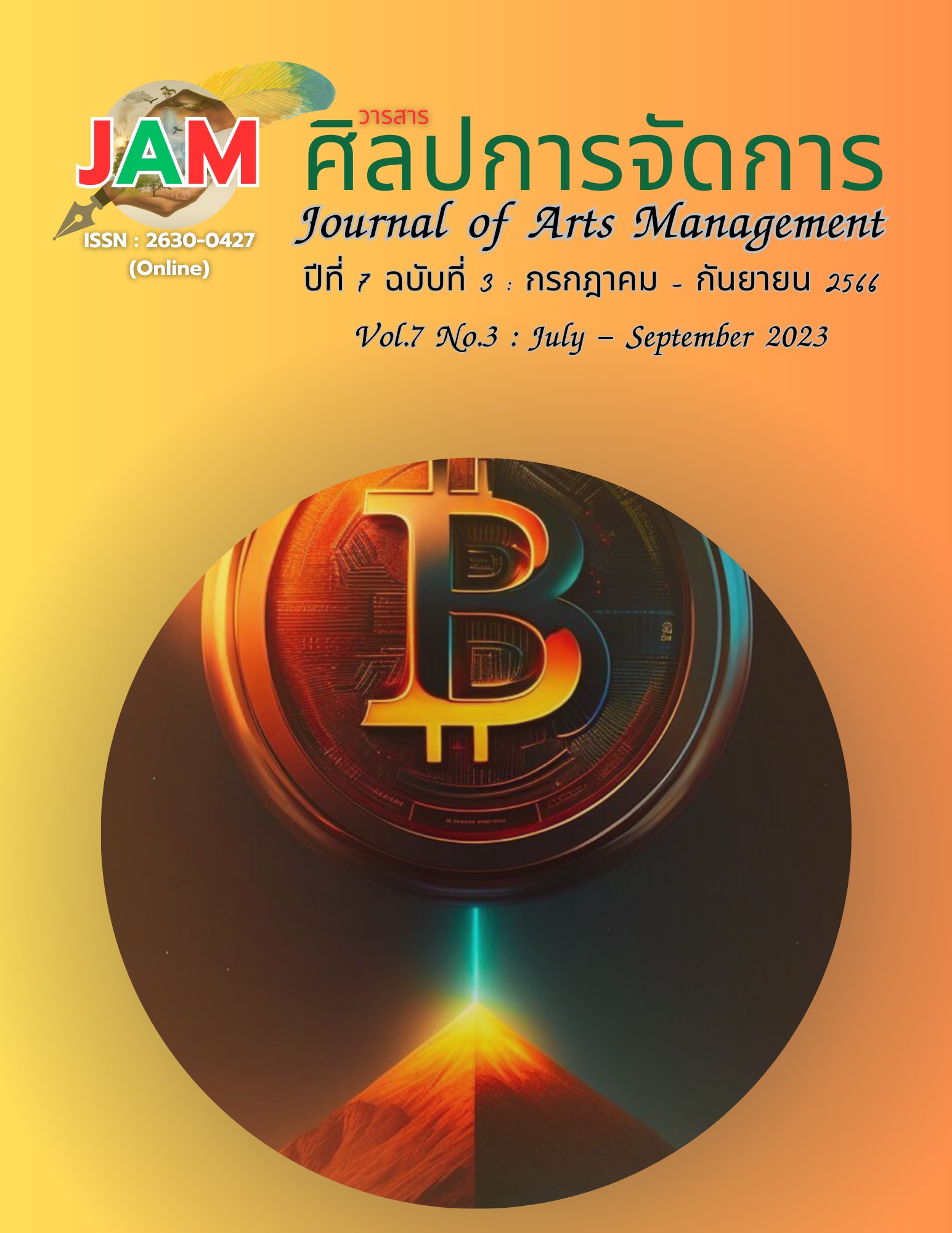The Effectiveness of a Line Visitation Program for Inmates at the Central Correctional Institution for Drug Addicts
Main Article Content
Abstract
The objectives of this study were to: 1) study the effectiveness of a LINE Visitation Program for inmates at the Central Correctional Institution for Drug Addicts; 2) study the factors affecting the effectiveness of a LINE Visitation Program for inmates and 3) study the guidelines for increasing the effectiveness of a LINE Visitation Program for inmates. This study used a mixed method of quantitative and qualitative design. The population consisted of inmates’ relatives who participated in a LINE Visitation Program for inmates. The sample was 250 people. The data were analyzed using statistical data such as frequency, percentage, mean, standard deviation, and the Pearson correlation coefficient. The tools for data collection were interviews, analyzed by content analysis, interpretation, and conclusion, and then present as objective analysis results.
The results of the study showed that: 1) the overall effectiveness of a LINE Visitation Program for inmates was at its highest level. When considered in each aspect, it was found that the aspect of the program objectives was at the highest level, and 2) Factors affecting the effectiveness of a LINE Visitation Program for inmates overall were at a high level. When considered in each aspect, it was found that the aspect of procedures and regulations was at the highest level, and 3) for the guidelines for increasing the effectiveness of a LINE Visitation Program for inmates, the regulations should be improved to reduce procedures and processing time and increase the inmate’s visiting time as well as the numbers of visits. Moreover, it should increase the channels of public relations of the program, develop officials’ technological knowledge and skills to be able to fix system crashes, and use other technology or other applications that perform better than the LINE application for more efficient and effective development.
Article Details

This work is licensed under a Creative Commons Attribution-NonCommercial-NoDerivatives 4.0 International License.
Views and opinions appearing in articles in the Journal of Arts of Management It is the responsibility of the author of the article. and does not constitute the view and responsibility of the editorial team I agree that the article is copyright of the Arts and Management Journal.
References
Anumanrajadhon, M. (2008). Project management (6th ed.). DO MY BEST.
Chalaysap, S. et al. (2012). Information technology. Suan Dusit Rajabhat University.
Chancharoenchai, K. (2012). Project preparation and evaluation. Department of Economics, Faculty of Economics, Kasetsart University.
Chitsawang, N. (2015). The impact of imprisonment of prisoners. https://www.gotoknow.org/posts/420370
Cleland, D.I. (1994). Project management, strategic design and implementation (2nd ed.). McGraw-Hill.
Cohen, J. (1988). Statistical power analysis of the behavioral sciences (2nd ed.). Lawrence Erlbaum Associates.
Dinsmore, P.C., & Graham, R.J. (2003). Creating the project office. Alfred A. Knoff.
Dinsmore, P.C. (1984). Human factors in project management. American Management Association.
Jiang, J. J., Klein, G., & Balloun, J. (1996). Ranking of system implementation success factors. Project Management Journal, 27(4), 49–53.
Jirachiefpattana, W. (2008). Information technology project management. National Institute of
Development Administration.
Jiradamkerng, W. (2012). Project management for executives (2nd ed.). SE-EDUCATION.
Pakkasinang, P. (2013). Information technology project management. V. Print (1991).
Morris, P. W. G. (1994). The management of projects. Thomas Telford.
Pinto, J., & Slevin, D. (1987). Critical factors in successful project implementation. IEEE Transactions on Engineering Management, 34(1), 22-27.
Pithiyanuwat, S. (2008). Evaluation methodology. The science of value (4th ed.). Chulalongkorn University.
Priyakorn P. (1999). Project management: Concepts and guidelines for creating success (14th ed.). Sematham.
Rangchaikulwiboonsri, Y. (2013). Measurement and creation of achievement tests. Chulalongkorn University.
Rattanakuekangwan, S. (2013). Project management: Tools and techniques for project management. Chulalongkorn University.
Rodprasert, P. (2004). Project management. Borpit.
Sriyapai, W. (2014). Project creation for organizational development. Thana Press.
Struckenbruck, L.C. (1988). The Implementation of Project Management. The Professional’s Handbook, Addison-Wesley.
Stufflebeam, D.L., & Shinkfied, A.J. (1990). Systematic evaluation. Kluwer–Nighoff.
Steers, R.M. (1977). Antecedents and outcomes of organizational commitment. Administrative Science Quarterly, 22, 46-56. http://dx.doi.org/10.2307/2391745
Tirakanun, S. (2005). Project evaluation: Guidelines for practice (6th ed.). Chulalongkorn University.


